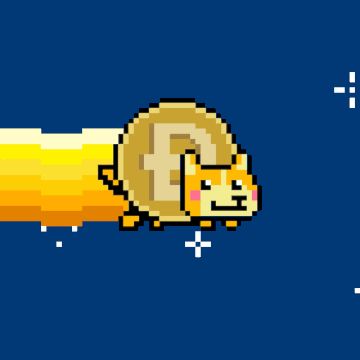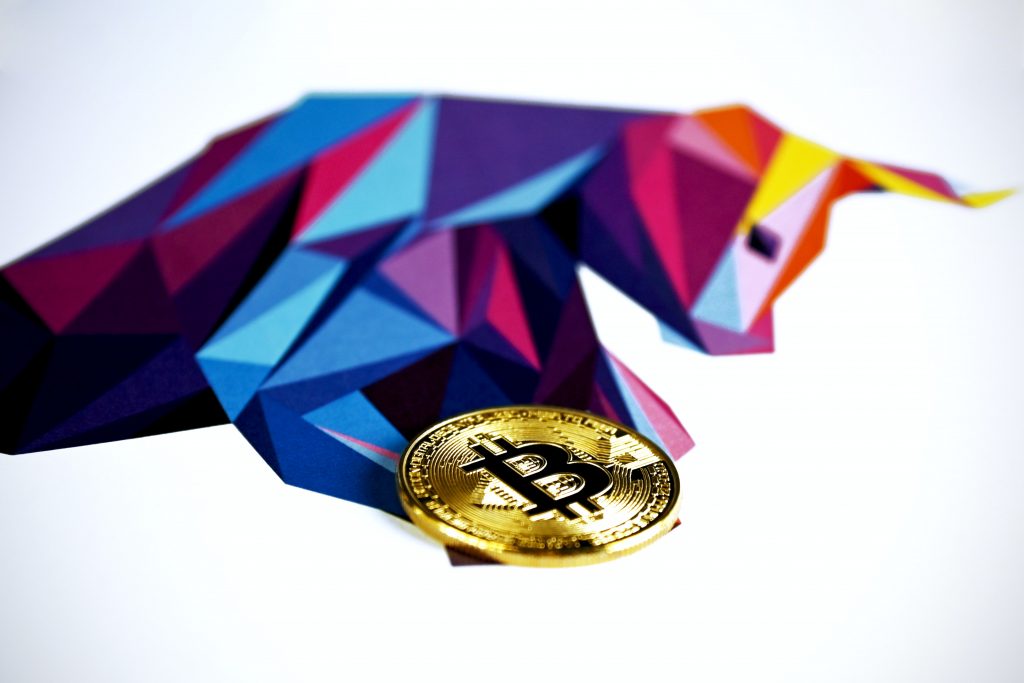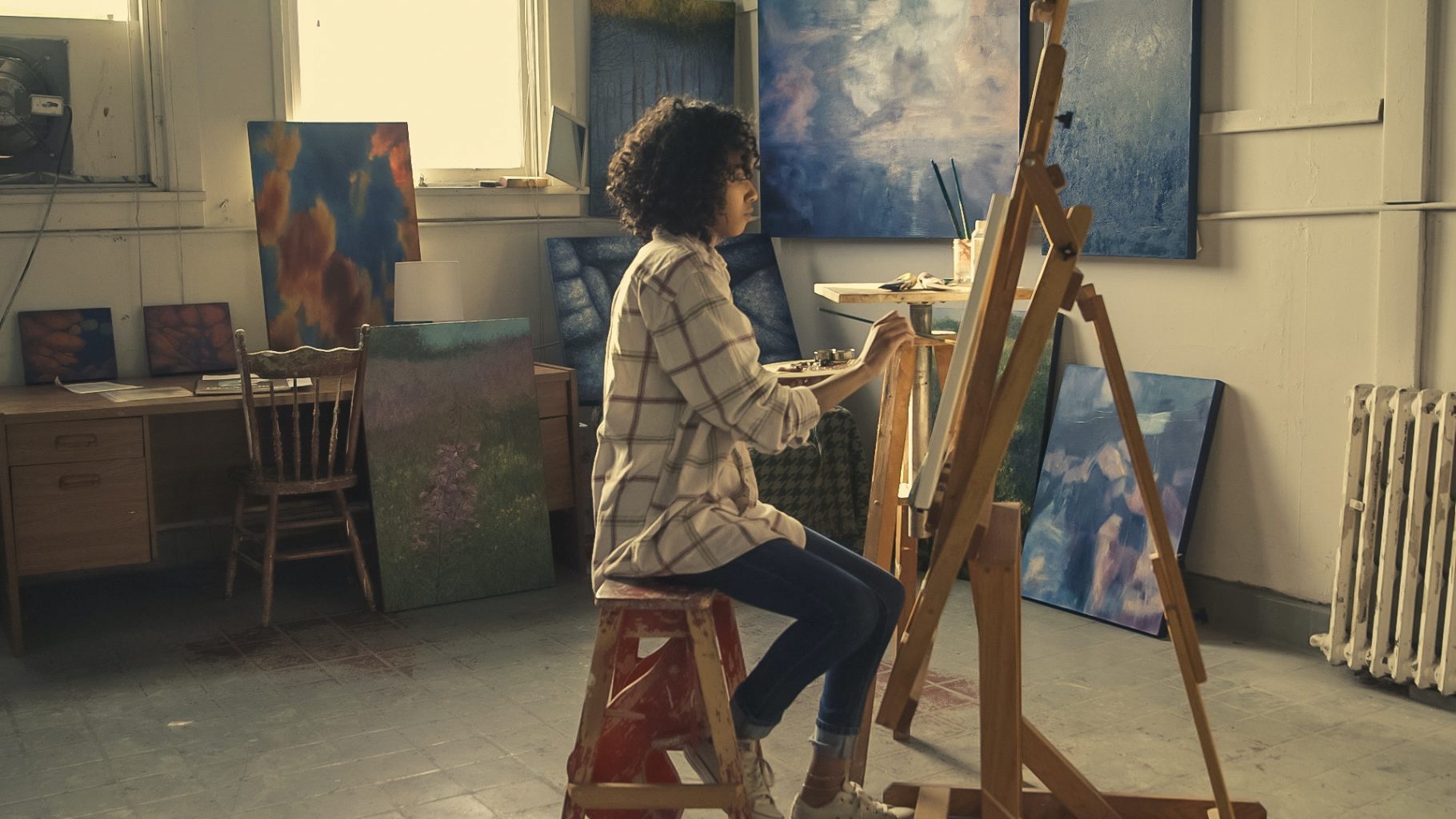Since blockchain has now become a thing, we’ve been pelted with one development after another. The most recent “big thing” in the blockchain world was the picture of a NyanCat sold as an NFT. And that brings us to the question: “What is NFT?” Is it another weird acronym that you have to remember, or is this actually a game-changer?
What is an NFT?
The NFT acronym stands for non-fungible token. It is a collectible digital asset that has value as a cryptocurrency and as a form of art and culture. NFT is a digital token like Bitcoin and Ethereum; but unlike coins in the blockchain, it is unique and cannot be exchanged for something similar to it; that is why it is called non-fungible.
What makes NFT unique and different from crypto coins then? NFT files store information aside from currencies. That makes it possible for them to be converted into absolutely anything. There are different types of NFTs, but the most common one right now is digital art.
When you think of NFT art, imagine a physical collectors’ item. But instead of getting an oil painting on a canvas to hang on your wall, you get a JPEG file. NFT art owners can sell artwork in the form of a blockchain gif just as legally as traditional artists sell their paintings.
How do NFTs Work?

NFTs have become very popular in the digital art and gaming worlds. For digital artists, stepping into NFTs is an avenue to showcase their work to the world. With these digital expressions of their art, they can get support and recognition and earn money.
In the gaming world, NFTs have shaken up the concept of buying game assets too. Initially, people purchased virtual gaming assets belonging to a company. But with NFTs, players can own these gaming assets.
Do NFTs Give Hope to Digital Artists?
As they say, modern problems require modern solutions. Plagiarism has hit the art world hard since the pandemic. So, artists, especially those who produce cyber art, have been at a loss.
Cyber art is a non-traditional style of painting that uses computer software and hardware. The most common cyber art tools are tablets, styluses, and software that can render images. But because this art style is digital, it is nearly impossible for artists to control how their art moves from hands to hands. A reliable way for digital artists online to protect their work while making a profit is by making it an NFT art.
Let’s use the Rainbow Cat GIF by NyanCat as an example.

The artist sold this shaking GIF of a pixelated cat for $693,000, and it is an NFT art. But do you think we paid that much money to use it in this article? We aren’t Bill Gates yet, unfortunately.
Yes, anyone can download this GIF online, but our downloaded versions aren’t as valuable as the original NFT artwork nestling in a secure blockchain. There will only be one original Rainbow Cat gif and wealthy art lovers will fork out a fortune for its ownership rights.
So, is NFT Art Here to Stay?

NFT art has apparent benefits. The artwork Everydays: The First 5000 Days by Beeple was auctioned off at $69.3 million at Christie’s.
After that sale, the internet and tabloids were frenzied as artists didn’t think digital art should cost that much money. Understandably, people fear what they don’t understand. For some, it felt like NFT art was stealing the thunder of other handmade works.
But the skepticism around NFT has steadily increased. Artnet analyzed Beeple’s art and found out that it contained many racist and sexist references. While that doesn’t necessarily undermine NFT art, it takes some shine off the Beeple’s milestone.
Is NFT Art Sustainable?
Since NFT is under the Ethereum blockchain, this information does not fill us with much hope because an Ethereum transaction takes up the electricity equivalent of an American household for two days. Even a single Bitcoin transaction takes up more electricity than Argentina does. So, for every NFT minted, there is a drawback.
NFTs operate in a largely unregulated market, just like cryptocurrencies. And if you are looking to buy NFT art for investment purposes, such a market may not be your kettle of fish. Items appreciate and lose value on a whim in the crypto market.
As an NFT art investor, there is little guarantee that you will profit when you hold an artwork to resell later. How much profit you make by reselling in the NFT marketplace depends on the demand for your art, not on its value. Additionally, the fact that anyone can download superficially indistinguishable copies of your art means that ordinary folks have less incentive to pay for it.
When you purchase an NFT art, what exactly do you own? Why stake that much for something intangible? At the moment, there is no indication that you get paid when users freely download or share an NFT art that you own. These and many more question marks form a bubble around what the future holds for NFT artists and collectors.
The Bottom Line
The pandemic has affected every sphere of our lives and livelihoods. Art creators also had a tough time selling their works since people were stocking up on essentials. So NFTs became an innovative response for these artists to make money.
As an artist, you can decide to make your work a non-fungible token, but don’t put all your eggs in that basket yet. The value of your artwork hinges on the trends in a market that you have little control of, and a digital token can drastically lose value at any point. NFT art is making waves right now, but we haven’t seen enough to believe that it will stand the test of time. While we admire the concept behind the NFT marketplace, it is likely to be a fast trend.
Author’s Bio: Amanda Dudley is a professional essayist who works in a college essay writing service agency. She is also a professor of history at Stanford University, lending to her credibility in the world of academic writing. Amanda is passionate about teaching and has worked with special needs children. To sharpen her mind, she stays abreast of new developments in art and technology.


